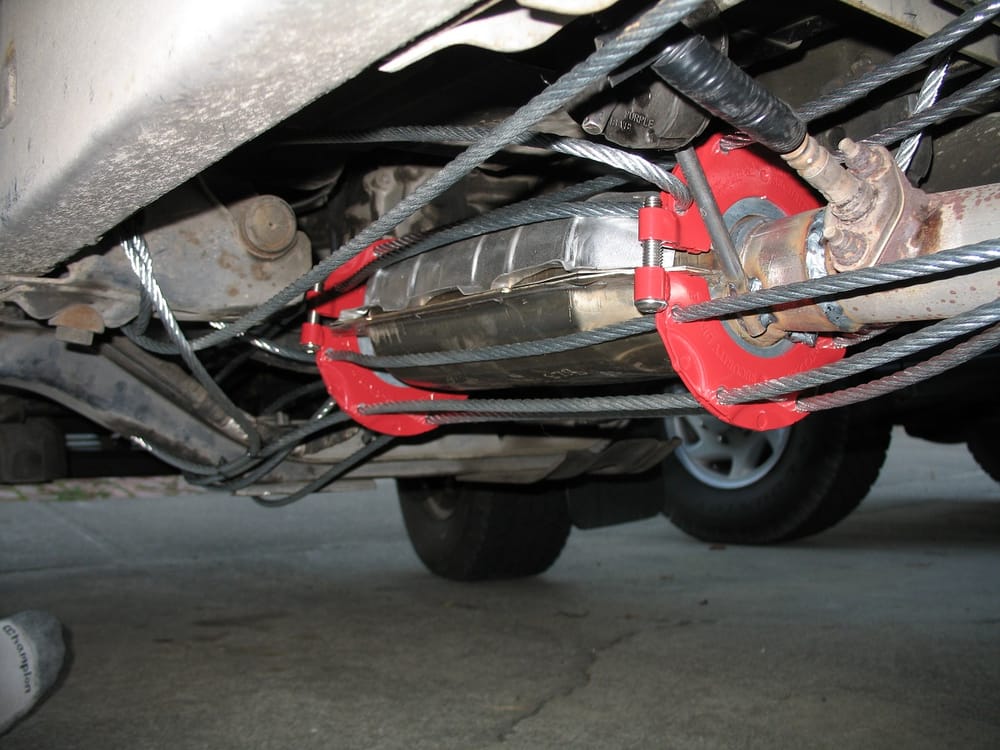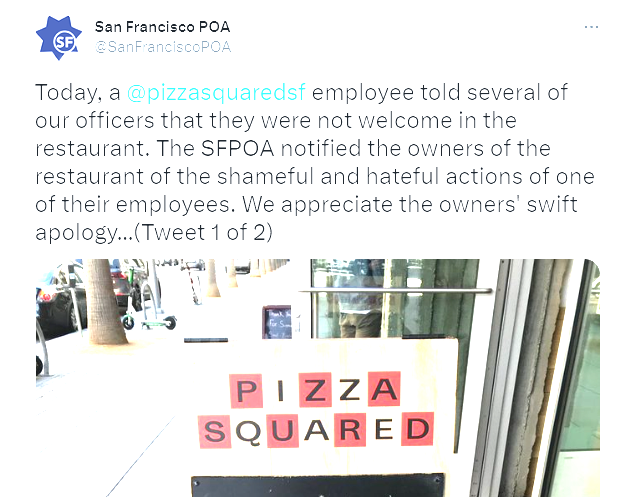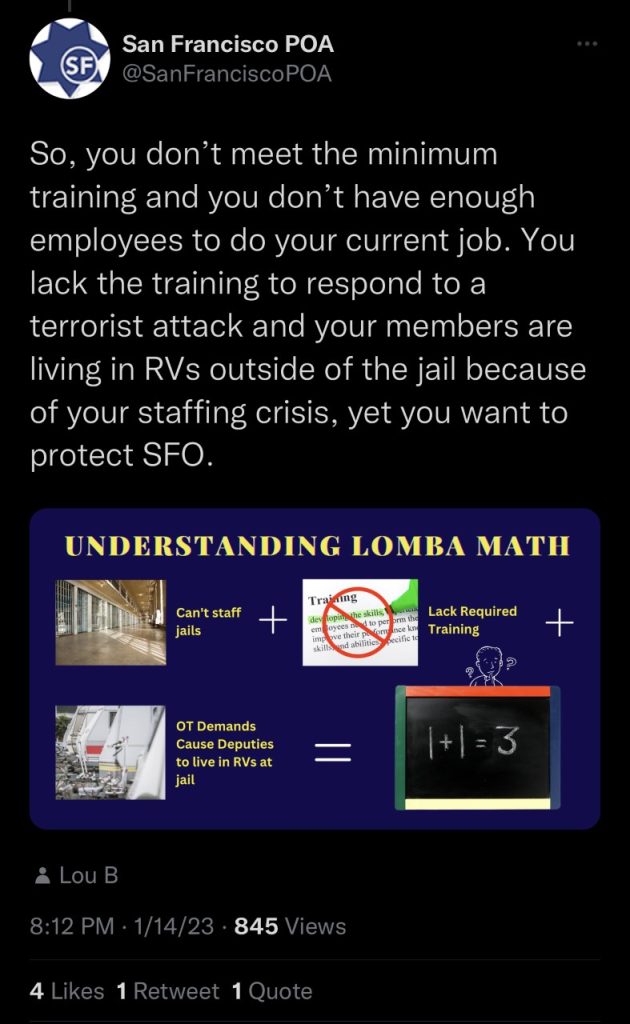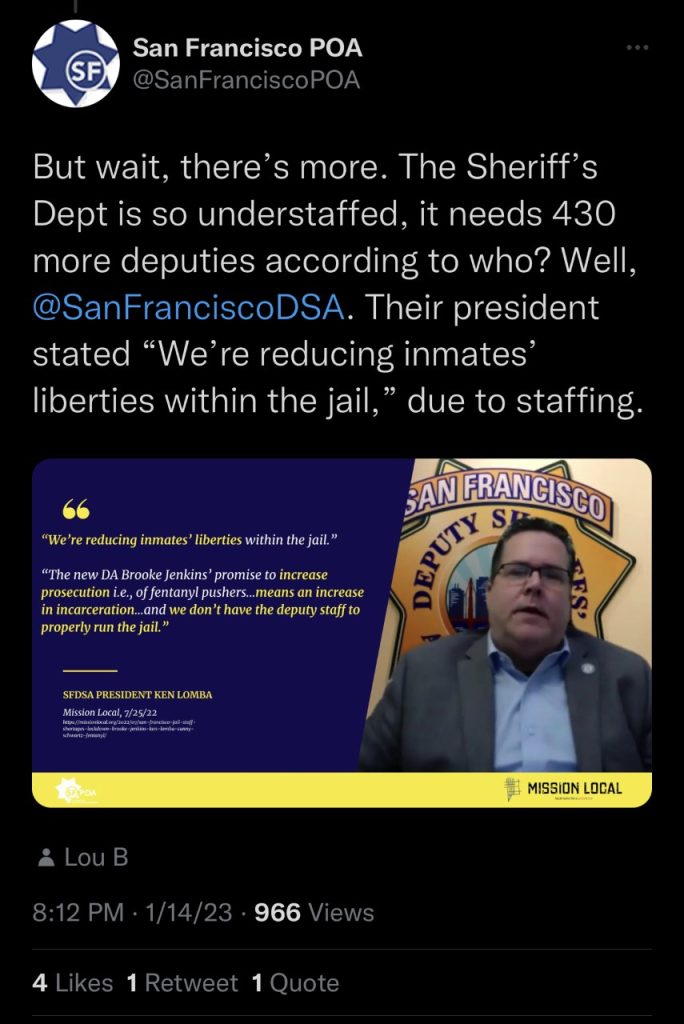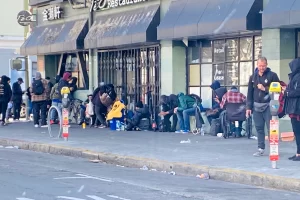 Operant conditioning, a psychological concept that examines how behavior is influenced by consequences, has far-reaching implications in various aspects of our lives. In the realm of criminal justice, the application of operant conditioning principles can have profound effects on the mindset of offenders. This article delves into the concerning issue of San Francisco’s lenient approach to offenders who violate the conditions of their electronic monitoring and the San Francisco Pretrial Diversion Project. By exploring the inadvertent reinforcement of wrong behavior through operant conditioning, we shed light on the significant impact this leniency has on the criminal mindset and its implications for public safety.
Operant conditioning, a psychological concept that examines how behavior is influenced by consequences, has far-reaching implications in various aspects of our lives. In the realm of criminal justice, the application of operant conditioning principles can have profound effects on the mindset of offenders. This article delves into the concerning issue of San Francisco’s lenient approach to offenders who violate the conditions of their electronic monitoring and the San Francisco Pretrial Diversion Project. By exploring the inadvertent reinforcement of wrong behavior through operant conditioning, we shed light on the significant impact this leniency has on the criminal mindset and its implications for public safety.
Operant Conditioning and Criminal Mindsets: Operant conditioning, as developed by psychologist B.F. Skinner, posits that behaviors are shaped and maintained by their consequences. In the context of criminal behavior, the principles of operant conditioning can play a pivotal role in reinforcing or discouraging criminal actions. When offenders consistently experience minimal consequences or repeated chances without facing severe repercussions, they inadvertently learn that their wrong behavior can go unpunished. This forms the foundation for the development of a criminal mindset, where individuals perceive that their actions have little accountability or deterrence.
Leniency in San Francisco’s Criminal Justice System: San Francisco’s lenient approach towards offenders who violate electronic monitoring and the San Francisco Pretrial Diversion Project is a cause for concern. Instead of imposing substantial consequences for violations, offenders are granted multiple chances and minimal penalties. This leniency inadvertently reinforces the wrong behavior, undermining the principles of accountability and deterrence. As a result, offenders develop a distorted perception that their actions carry no significant consequences, contributing to a culture of impunity.
The Reinforcement of Wrong Behavior: The lenient application of operant conditioning in San Francisco’s criminal justice system inadvertently reinforces wrong behavior among offenders. By repeatedly granting chances and minimal penalties, the system fails to establish a strong connection between criminal actions and negative outcomes. Offenders perceive that their actions have little impact on their freedom or future, further entrenching the belief that criminal behavior can go unpunished. This reinforcement of wrong behavior creates a vicious cycle, leading to an increase in criminal activity and posing a threat to public safety.
Implications for Public Safety: The lenient approach driven by operant conditioning principles in San Francisco has significant implications for public safety. When offenders perceive that their actions have minimal consequences, it erodes the deterrent effect that a robust criminal justice system should have. The lack of accountability not only emboldens offenders but also sends a detrimental message to the community, instilling a sense of insecurity and a loss of trust in the justice system. As a result, crime rates escalate, innocent lives are shattered, and neighborhoods suffer the consequences of a flawed approach to rehabilitation.
Moving Towards a Balanced Approach: Recognizing the detrimental impact of operant conditioning on criminal mindsets, it is essential to adopt a more balanced approach in San Francisco’s criminal justice system. Striking a balance between rehabilitation and accountability is crucial. Implementing structured consequences that are proportionate to the severity of offenses can create a stronger deterrent effect. By ensuring that offenders face meaningful repercussions for their actions, we can break the cycle of wrong behavior and foster a greater sense of accountability and responsibility.
The inadvertent reinforcement of wrong behavior through leniency in San Francisco’s criminal justice system, driven by operant conditioning principles, poses a significant challenge to public safety. The development of a criminal mindset, wherein offenders perceive little accountability or deterrence, perpetuates a cycle of wrongdoing. It is imperative for policymakers, law enforcement agencies, and community stakeholders to address this issue. By adopting a more balanced approach that incorporates accountability, proportional consequences, and a commitment

 The alarming increase in crime rates throughout San Francisco can be directly attributed to Mayor London Breed’s misguided ideology of manipulating the jail population, resulting in a concerning number of bed vacancies. Recent revelations shed light on the concerning consequences of this flawed approach and the urgent need for change.
The alarming increase in crime rates throughout San Francisco can be directly attributed to Mayor London Breed’s misguided ideology of manipulating the jail population, resulting in a concerning number of bed vacancies. Recent revelations shed light on the concerning consequences of this flawed approach and the urgent need for change. Assembly Bill AB93, introduced by
Assembly Bill AB93, introduced by 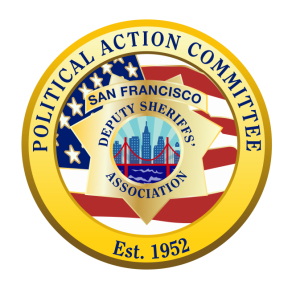

 It’s important to note that while these breeds are commonly used as protection dogs, not all individual dogs of these breeds may possess the necessary temperament, training, and behavior traits to excel in protection work. Proper training and socialization from a young age are crucial to ensure that a protection dog is well-behaved, obedient, and capable of handling potential threats in a controlled manner.
It’s important to note that while these breeds are commonly used as protection dogs, not all individual dogs of these breeds may possess the necessary temperament, training, and behavior traits to excel in protection work. Proper training and socialization from a young age are crucial to ensure that a protection dog is well-behaved, obedient, and capable of handling potential threats in a controlled manner. Step 2: Get to Know Your Neighbors Building a neighborhood watch group starts with getting to know your neighbors. Take the time to introduce yourself to your neighbors and build relationships with them. This can be done through the Nextdoor app by sending messages or posting introductions in the neighborhood feed. Building a sense of community and trust among your neighbors is crucial for the success of your neighborhood watch group.
Step 2: Get to Know Your Neighbors Building a neighborhood watch group starts with getting to know your neighbors. Take the time to introduce yourself to your neighbors and build relationships with them. This can be done through the Nextdoor app by sending messages or posting introductions in the neighborhood feed. Building a sense of community and trust among your neighbors is crucial for the success of your neighborhood watch group.